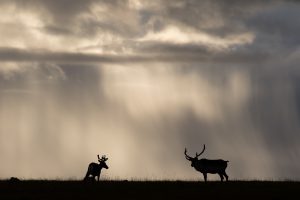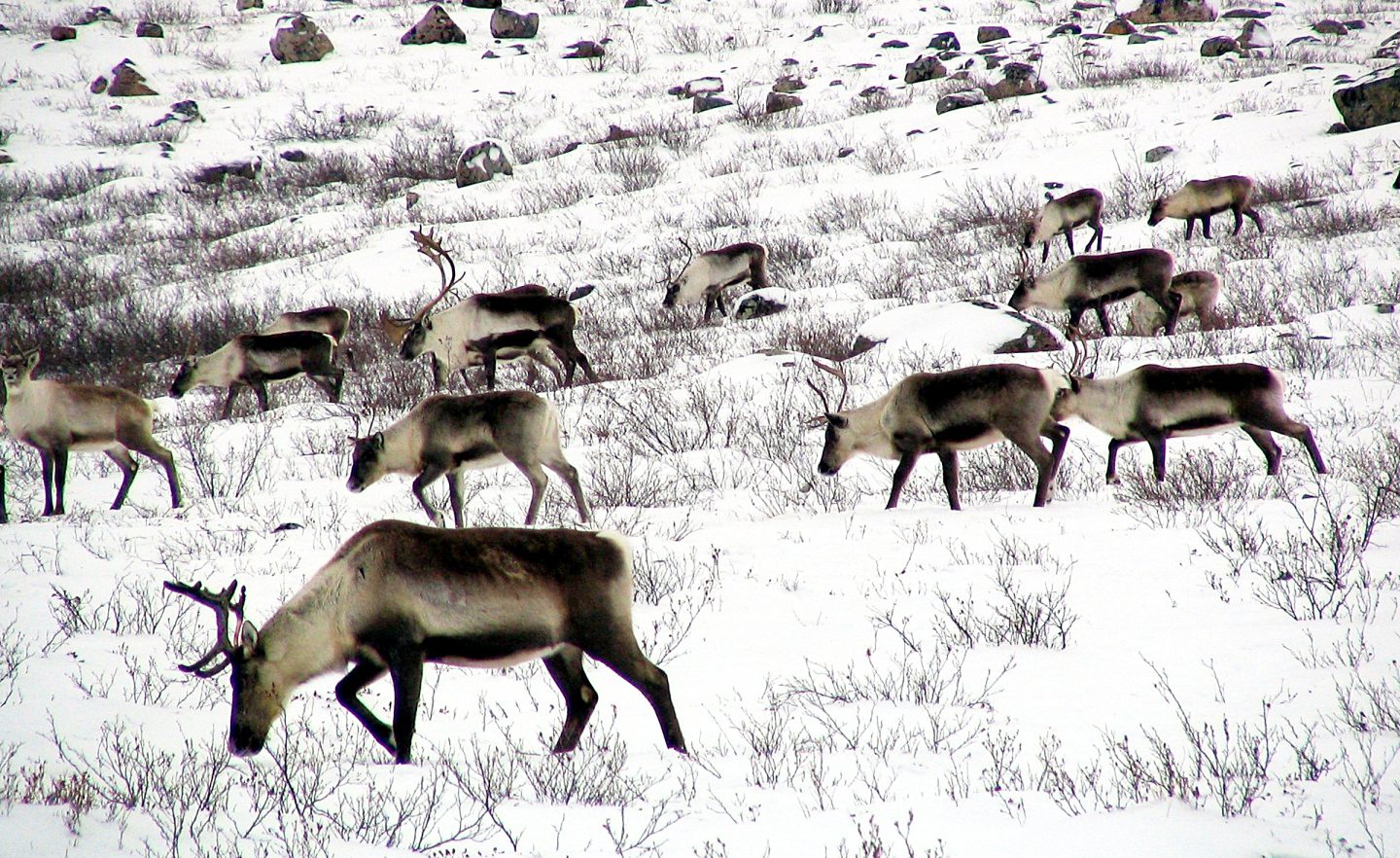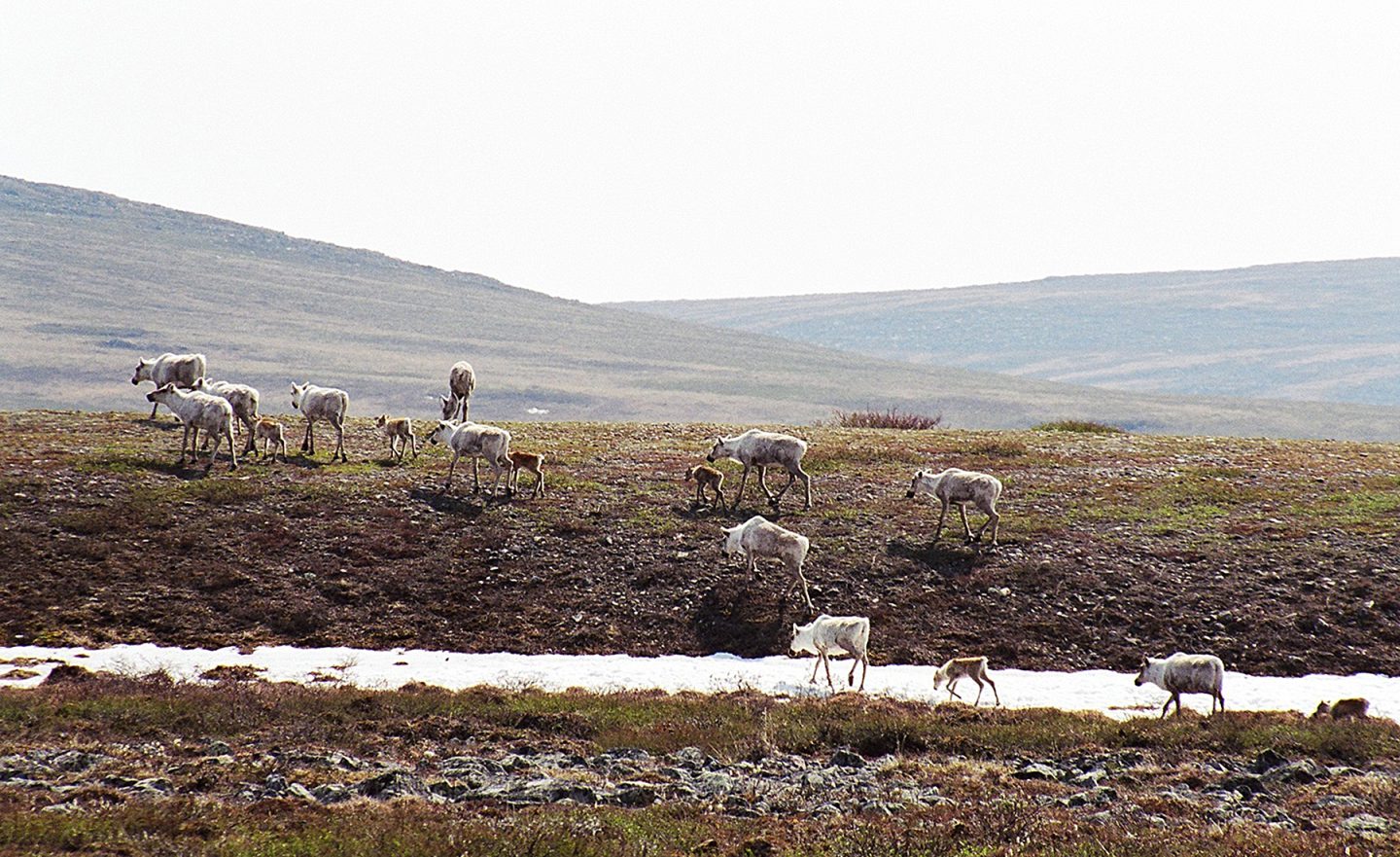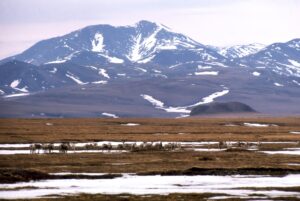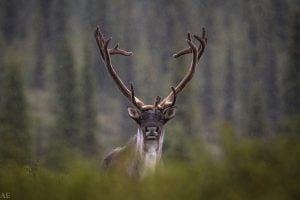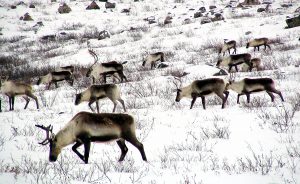Through their land claims agreements, northern Indigenous governments and organizations work with territorial governments to both manage wildlife and review proposed industrial projects, balancing environmental protection with potential economic benefits to communities. In 2014, groups within the Bathurst caribou range requested that the Government of the Northwest Territories (GNWT) develop a plan to protect the herd from the effects of industrial development.
In response, the GNWT created a working group comprising members from Indigenous governments and organizations, industry, environmental advocates and the federal and territorial governments, who met regularly to work out what became known as the Bathurst Caribou Range Plan. “It’s a diverse group,” says Karin Clark, a wildlife biologist with the GNWT. “People have different values and don’t all think the same way about the herd. But to make a plan that will work, it’s essential to respect all perspectives.”
The project, which was supported in part by Polar Knowledge Canada, made use of both scientific and Indigenous knowledge. Researchers consulted experts in places such as Gamètì, N.W.T., a T???ch? community where Elders spoke of their relationship with caribou in cultural and spiritual terms. “Hunting is part of that relationship,” says Clark, “and right now they’re feeling extreme hardship, because they can’t harvest this herd — even though traditionally, harvesting was a really important way to ensure that the herd sustained itself.”
Every fall, the Bathurst caribou pick their way around or across lakes and rivers as they migrate south from the barren lands to the boreal forest, where they spend the winter. In some locations, thousands of animals funnel into narrow strips of land between water bodies or swim across narrows. These crossings, the Elders say, are crucial and need special protection.
